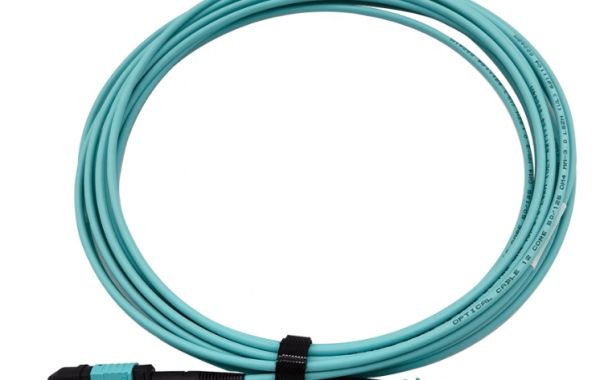Fiber optic cables have grown in popularity over the past few years as the need for faster data transfer speeds in networks continues to increase, however, some people may still be clueless about what a fiber optic cable is. What is fiber optic cable? How does it work? This article will bring you information about the definition of fiber optic cable and how it works.
What is fiber optic cable?
A fiber optic cable is a type of Ethernet cable consisting of one or more optical fibers used to transmit data.
It is a cable-like component used to carry light, and the price of fiber optic cables is much higher than that of copper cables.
Fiber optic cables are designed to use pulses of light to support long-distance telecommunications and high-speed data transmission.
Typically, fiber optic cables can run at speeds of 10 Gbps, 40 Gbps, or even 100 Gbps.
Therefore, it is widely used in most of the world's Internet, cable television and telephone systems.

What are fiber optic cables made of?
Typically, a fiber optic cable consists of five parts: core, cladding, coating, strength member and outer sheath.
The "core" is the very thin strand of glass or plastic called an optical fiber.
The "cladding" is the insulating sleeve that tightly surrounds the "core" and provides the lower index of refraction to make the fiber work.
"Coating" is the protective layer of optical fiber.
"Strengthening elements" or stiffening members help protect the core from crushing forces and excessive tension during installation.
The outer sheath is used to protect the cable from environmental hazards.
How do fiber optic cables work?
After understanding "what is an optical cable", let's take a look at "how does it work" of an optical fiber cable.
Light propagates along the fiber optic cable by repeated reflections from the inner walls. The core and cladding bend the incident light at a certain angle and have their own refractive index. When optical signals are sent through the fiber optic cable, they bounce in a series of bounces. Reflected from the core and cladding, this process is called total internal reflection
Fiber optic cable type
Generally, there are two types of fiber optic cables, single-mode fiber (SMF) and multimode fiber (MMF).
The core of the single-mode fiber is very thin, about 5-10 microns in diameter, while the core diameter of multimode fiber is about 10 times that of single-mode fiber. Typically, single-mode fibers used in telecommunications operate at 1310nm or 1550nm wavelengths, while multimode fibers operate at 850nm and 1300nm.
Compared with single-mode fiber, the transmission distance of multimode fiber is limited by model dispersion due to its larger core size and support for multiple optical modes (from OM1 to OM5). Single-mode fiber is suitable for long-distance applications such as 100km between buildings, while the multi-mode fiber is suitable for short-distance transmission within buildings, such as computer network links.

Purchase high-quality fiber optic cables from us
Our company is a leading manufacturer of cables. We are specialized in producing and selling Communication cables with more than 15 years of experience. Our main popular products are Fiber Optic Cable, Lan Cable, Control cable, Telephone cable, Coaxial cable, Fiber optical patch cord, SC, LC, FC, ST and so on. Our products have passed UL, ISO9001:2000, CE, SGS and RoHS certificates. If you are in need of any optical fiber cables, please kindly contact us today.







